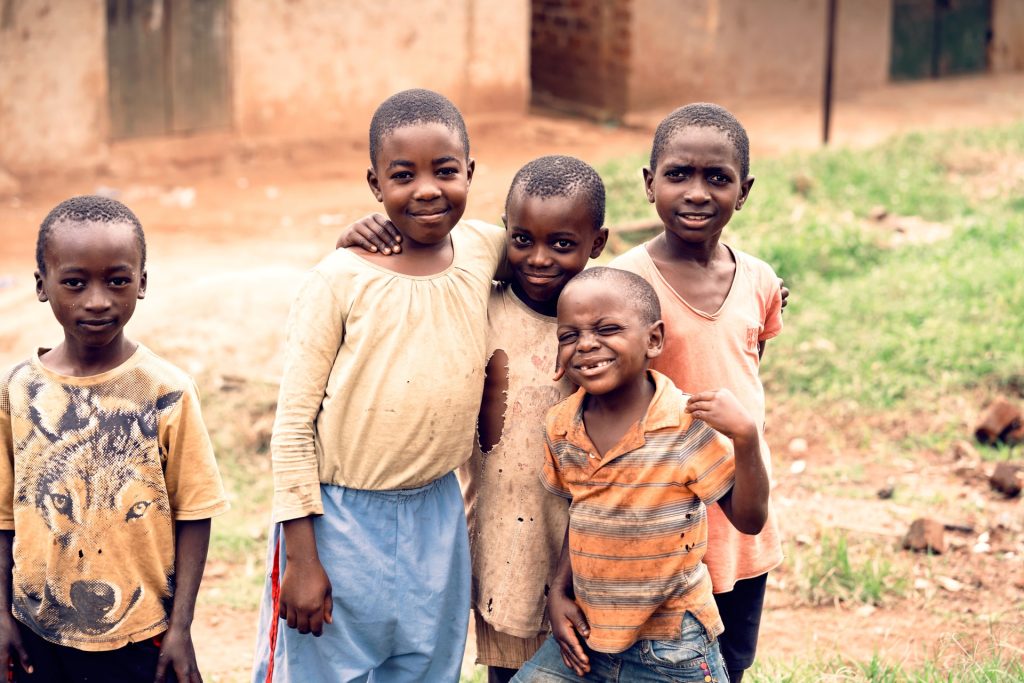
African children and adolescents hospitalised with COVID experience much higher mortality rates than Europeans or North Americans of the same age, according to a recent six-country study which included South Africa.
The study, published in JAMA Pediatrics. was conducted by researchers from the Institute of Human Virology (IHV) at the University of Maryland School of Medicine (UMSOM) and the Institute of Human Virology Nigeria (IHVN). Both organisations are members of the Global Virus Network (GVN).
“This study provides important information about COVID among African children, which was not previously available at this scale. We now have evidence from multiple countries to show that African children also experience severe COVID; they experience multisystem inflammatory syndrome; some require intensive care; some also die, and at much higher rates than outside Africa,” said co-first author Nadia Sam-Agudu, MD, Associate Professor of Pediatrics at the UMSOM’s Institute of Human Virology.
The AFREhealth study collected data from 25 health facilities across Nigeria, Ghana, Democratic Republic of the Congo, Kenya, South Africa, and Uganda. The study included 469 African children and adolescents aged three months to 19 years hospitalised with COVID between March and December 2020. The team reported a high overall mortality rate of 8.3%, compared with 1% or less totaled from Europe and North America. Furthermore, African children less than a year old and with pre-existing, non-communicable diseases were more likely to have poorer outcomes.
Eighteen participants had suspected or confirmed multisystem inflammatory syndrome (also known as MIS-C), and four of these children died.
Dr Sam-Agudu, who led the West Africa team for the study, urged health authorities and policymakers in Nigeria and other African countries to act upon the study findings “to protect children by expanding vaccine approvals and procurements for children specifically, as the variants emerging since our study’s completion have either caused more severe disease and/or more cases overall. We cannot leave children behind in the pandemic response.”
Source: University of Maryland

